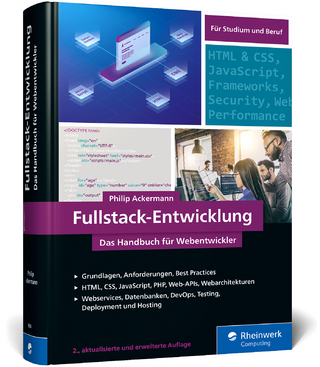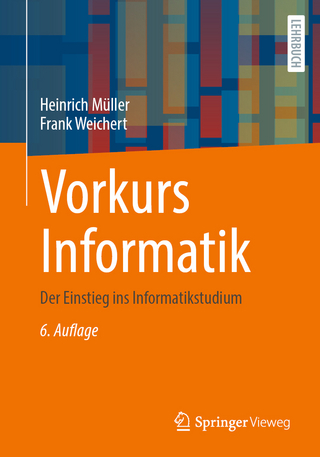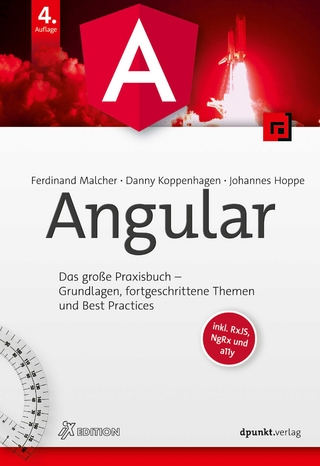
Graphical Programming Using LabVIEW™
Institution of Engineering and Technology (Verlag)
978-1-83953-460-7 (ISBN)
In this book, the authors focus on efficient ways to program instrumentation and automation systems using LabVIEW™, a system design platform and development environment commonly used for data acquisition, instrument control, and industrial automation on a variety of operating systems.
Starting with the concepts of data flow and concurrent programming, the authors go on to address the development of state machines, event programming and consumer producer systems. Chapters cover the following topics: Introduction to LabVIEW™, debugging tools, structures, SubVIs, structures - LabVIEW™ features, organizing front panel and block diagram, using software resources, using hardware resources, implementing test machines with a basic architecture, controlling the user interface, error handling, responding to the user interactions, the ATM review project, communication between loops at different rates, preventing race conditions, advanced use of software resources, and real-time programming.
This book helps undergraduate and graduate students learn how to identify the most suitable design patterns depending on the application, and how to implement them in conjunction with data acquisition and instrumentation control systems. It is also a helpful resource for engineers and scientists who want to implement binary files to record data, control the user interface and implement efficient ways of programming.
Julio César Rodríguez-Quiñonez is a professor/researcher in the Facultad de Ingeniería, Universidad Autónoma de Baja California, México. He is involved in the development of optical scanning prototype in the Applied Physics Department and a research leader in the development of a new stereo vision system prototype. His current research interests include automated metrology, stereo vision systems, control systems, robot navigation, and 3D laser scanners. He has edited 4 books and written over 30 journal papers, 35 conference papers, and several book chapters. He holds two patents on the dynamic triangulation method, and he has been a guest editor of IEEE Sensors Journal, International Journal of Advanced Robotic Systems and Journal of Sensors. He is a Senior Member of the IEEE. He holds a PhD from the Autonomous University of Baja California, Mexico. Oscar Real-Moreno is teaching at the Technological University of San Luis Rio Colorado and studying to obtain his doctorate degree at the Facultad de Ingeniería, Universidad Autónoma de Baja California, México. His current research work is based on a new camera calibration method for active stereo vision systems by triangulation in real time and object detection. He received his Master of Engineering degree from the Autonomous University of Baja California, Mexico.
Part I: Fundamentals
Chapter 1: Introduction to LabVIEW™
Chapter 2: Debugging tools
Chapter 3: Structures
Chapter 4: SubVIs
Chapter 5: Structures - LabVIEW™ features
Chapter 6: Organizing front panel and block diagram
Chapter 7: Using software resources
Chapter 8: Using hardware resources
Chapter 9: Implementing test machines with a basic architecture
Part II: Advanced techniques
Chapter 10: Controlling the user interface
Chapter 11: Error handling
Chapter 12: Responding to the user interactions
Chapter 13: The ATM review project
Chapter 14: Communication between loops at different rates
Chapter 15: Preventing race conditions
Chapter 16: Advanced use of software resources
Chapter 17: Real-time programming
| Erscheinungsdatum | 02.11.2022 |
|---|---|
| Reihe/Serie | Computing and Networks |
| Verlagsort | Stevenage |
| Sprache | englisch |
| Maße | 156 x 234 mm |
| Themenwelt | Mathematik / Informatik ► Informatik ► Programmiersprachen / -werkzeuge |
| ISBN-10 | 1-83953-460-5 / 1839534605 |
| ISBN-13 | 978-1-83953-460-7 / 9781839534607 |
| Zustand | Neuware |
| Haben Sie eine Frage zum Produkt? |
aus dem Bereich


